European low-cost carrier easyJet has announced a broad package of technical and operational initiatives to expedite its transition to net zero carbon emissions by 2050, pledging to adopt new technologies as they become available. A key element of its Net Zero Roadmap is a partnership with Rolls-Royce to develop hydrogen engine technology for narrowbody aircraft, a departure from its previous strong focus on electric-powered airliners. The easyJet SBTi-aligned strategy also includes the addition of 168 new Airbus A320 neo-family jets, a five-year contract to procure sustainable aviation fuel, an agreement with Airbus to support the development of carbon removal technology, and investment in new software designed to cut fuel use by optimising aircraft descents. The airline anticipates a 78% reduction in its carbon emissions per passenger km by 2050, with the balance of emissions addressed through carbon removal. It also released the findings of a study that found 78% of British travellers would now choose an airline based on its sustainability credentials. EasyJet is also to stop offsetting carbon emissions from its aircraft on bookings made after December, although it will offer an offsetting option to its passengers.
“We’re the first airline to outline an ambitious roadmap in which zero carbon emission technology plays a key role to take us to net zero emissions by 2050, and ultimately to zero carbon emission flying across our entire fleet,” said easyjet CEO Johan Lundgren at an event to launch the net zero roadmap. “I’m delighted this ambition is soon moving one step closer as our partner Rolls-Royce is making the final preparations for the first hydrogen engine ground tests to commence.”
While it continues to explore “all options” for zero carbon emission flight, and acknowledges that “over time, individual elements may need to be adjusted and scaled up or down”, easyJet singled out hydrogen as the propulsion technology it considered most suitable for short-haul operations.
“Based on today’s technological advances, hydrogen shows the most potential for a short-haul airline like easyJet to truly decarbonise,” the airline said. “Hydrogen has no operational carbon emissions. It also has the potential to significantly reduce non-CO2 emissions from flying. Over the past couple of years, the development of zero carbon emission technology has accelerated exponentially, and easyJet is working with partners, including Airbus, Rolls-Royce, GKN Aerospace, Cranfield Aerospace Solutions and Wright Electric, to achieve this.”
While it awaits the commercialisation of new propulsion and other technologies, easyJet will induct 168 new Airbus A320 neo (new engine option) aircraft. It already operates more than 300 A320-family jets, including 59 neo variants, which are at least 15% more fuel-efficient than earlier models.
The airline also confirmed that it would procure SAF for the next five years from its long-term fuel supplier Q8 Aviation, a division of Kuwait Petroleum Corporation. Details of the SAF volumes and feedstocks were not revealed. But last year, easyJet became the first airline to operate from London’s Gatwick Airport with blended fuel provided by Q8, the 30% SAF portion provided by Finnish producer Neste, which uses waste fats, oils and greases for its product. “We will continue to use SAF as required until our fleet has been fully transitioned to zero carbon emission aircraft, to achieve material lifecycle carbon emissions reductions in comparison to kerosene,” said David Morgan, easyJet’s COO.
Additionally, easyJet has signed a letter of intent with Airbus to support the development of carbon removal technology, through which carbon dioxide is siphoned from the atmosphere and stored permanently underground. This aligns with the airline’s view that carbon offsetting is only a short-term measure, and its commitment to discontinue ‘out of sector’ offsetting, which enables carbon emissions to be offset through investments in sustainability initiatives elsewhere.
The airline’s previously-announced target of a 35% reduction in carbon emissions intensity by 2035 has been validated by the Science-Based Targets initiative (SBTi), it says, which precludes the use of out-of-sector offsetting. Between November 2019 and June this year, easyJet offset almost 8.7 million tonnes of its carbon emissions. It will now focus on the initiatives in its Net Zero Roadmap, which are all designed to reduce the airline’s own emissions at source, or capture and dispose of atmospheric CO2.
A range of operational improvements and efficiencies feature in easyJet’s Net Zero Roadmap, including the introduction of Descent Profile Optimisation (DPO), a programme which updates the flight management system to enable more efficient descents, reducing fuel burn and carbon emissions. Used with the Continuous Descent Approach system on all compatible aircraft, this technology upgrade across the easyJet fleet is forecast to reduce carbon emissions by 88,600 CO2 MT per year.
The airline is also increasing use of artificial intelligence to improve efficiency, alongside practices including single-engine taxiing on arrival and departure, the use of advanced information on weather conditions, and engine core washing to improve efficiency by removing debris and impurities. It has also focused on supplier agreements, preferring those with lower carbon emissions in production and delivery, and reducing reliance on single-use plastics in packaging.
As well, easyJet has released the results of a survey of 2,000 British holidaymakers, which found that 78% would choose an airline based on its sustainability credentials, 76% would actively seek to reduce the environmental impacts of future journeys and 82% believe zero carbon emission aircraft offer the best option for decarbonising aviation.
Beyond initiatives which directly reduce or compensate for its own emissions, easyJet has also included in its Net Zero Roadmap strong advocacy for government policies to expedite the decarbonisation of air transport.
“Decarbonising aviation is a major undertaking for which the whole sector is coming together, but we also require the support from UK and European governments to help us achieve net zero, and we have clearly outlined actions needed from them,” said Lundgren.
These initiatives include incentives to fund the development, scale-up and use of zero-carbon emission technologies and aircraft, incorporating hydrogen as a SAF equivalent in both the EU’s ReFuelEU Aviation proposal and the UK’s SAF programme, supporting the development of hydrogen supply and infrastructure at airports, and linking passenger taxes to flight emissions to incentivise the shift to zero carbon emission aircraft.
The airline has also ramped up pressure for urgent reforms of airspace management in the UK and Europe. “This is crucial for the entire industry,” argues easyJet, “as it has the biggest potential to achieve carbon reductions right now, as more direct flight paths lead to shorter flying times, which reduce fuel burn and resulting emissions.” The airline is working closely with stakeholders and public authorities to expedite reform through initiatives including the Single European Sky and the UK’s airspace modernisation plan.
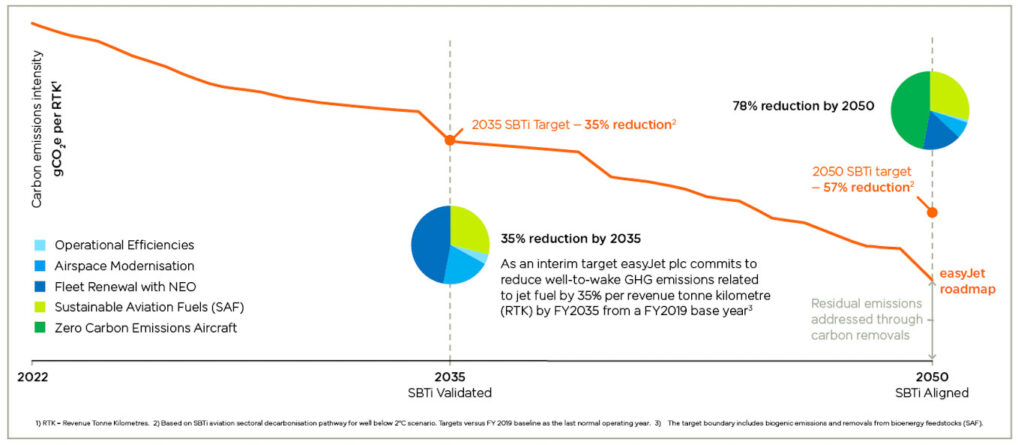
The easyJet SBTi-aligned roadmap to net zero emissions by 2050
Top photo: CEO Johan Lundgren unveils easyJet’s net zero roadmap and technology partners


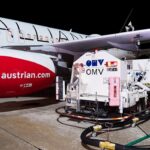
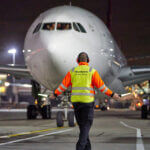
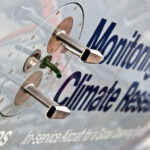


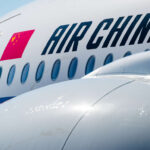
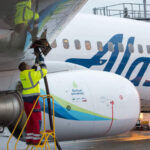
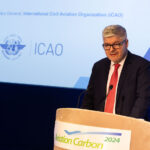

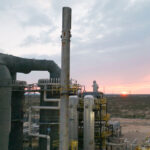

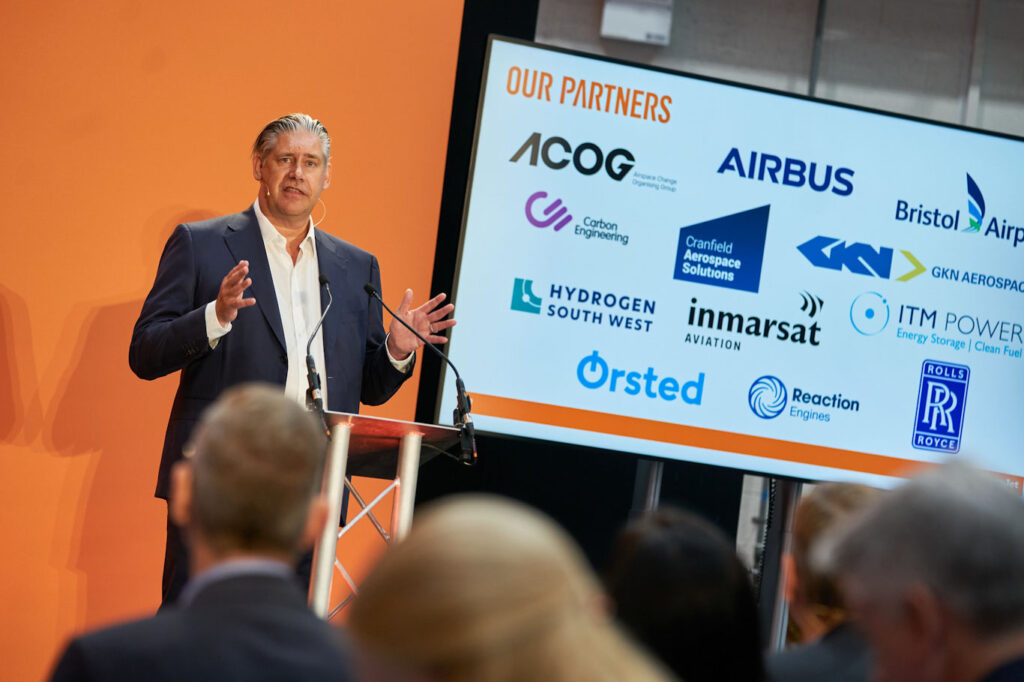

More News & Features
EASA releases status report on Europe’s SAF production and readiness to meet blending targets
UK government sets out new Jet Zero focus and launches consultation on CORSIA global emissions scheme
New study highlights differing strategies and barriers to decarbonising aviation in UK and Europe
ICAO signs agreement with IRENA to boost finance opportunities for SAF production
SITA teams with Arab airlines on developing technology to enhance flight sustainability
Airbus enters partnerships with airlines Wizz and EVA to help prepare for SAF introduction